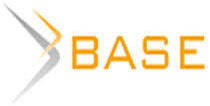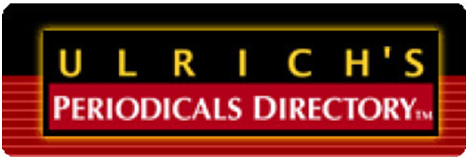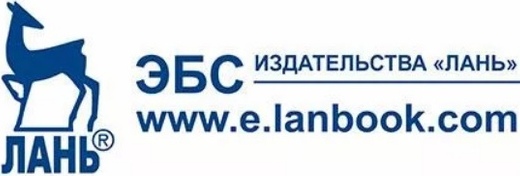DOI:
10.18413/2408-9346-2018-4-3-0-6
Properties of nanostructured spiruline
Using the method of analyzing the trajectories of particles (NTA method), the sizes of nanostructured spirulina were found, which significantly depend on the nature of the shell. Thus, the particles in kappa carrageenan, xanthan gum and pectin have the smallest size.
Количество скачиваний: 9451
Full text (HTML)Full text (PDF)Скачать XMLTo articles listInformation for citation:A. A. Krolevets, N. I. Myachikova, O. V. Levchenko, S. G. Glotova,
Semichev KM Properties of nanostructured spirulina //
Scientific result. Technology business and service. - Vol. 4, No. 3, 2018
All journals
Send article
Research result. Business and Service Technologies is included in the scientific database of the RINTs (license agreement No. 765-12/2014 dated 08.12.2014).
The journal is included in the list of peer-reviewed scientific publications recommended by the Higher Attestation Commission (as of 25.12.2020 (№ 1590)). vak.minobrnauki.gov.ru
The journal is indexed by the following scientific databases and platforms
















While nobody left any comments to this publication.
You can be first.
1. Krolevets, A. A., Myachikova, N. I., Hait, Е. А. and Andreenkov, V. S. (2015), “Properties
of nanostructured creatine hydrate to create functional foods for athletes”, Materialy IX mezhdunarodnoy nauchno-prakticheskoy konferentsii, posvyashchennoj 20-letiyu special'nosti «Tekhnologiya produkcii i organizaciya obshchestvennogo
pitaniya»«Tekhnologii i produkty zdorovogo pitaniya» [Materials IX International. scientific-practical conf., dedicated The 20th anniversary
of the specialty "Technology products and the organization of public catering" “Technologies
and healthy foods”]. Saratov, Russia, 192–195. [in Russian].
2. Krolevets, A. A. and Voroncova, М. L. (2017a), “The influence of the nature of the shell on the size of nanostructured vitamin D and the
use of vitamin as a nano-ingredient in functional foods”, Provincial'nye nauchnye zapiski, 1(5), 126–130. [in Russian].
3. Krolevets, A. A., Myachikova, N. I., Grebennik, М. М. and Andreenkov, V. S. (2017b), “The use of nanostructured betulin in the
production of fermented milk functional foods”, Tovaroved prodovol'stvennyh tovarov, 9, 35–41. [in Russian].
4. Krolevets, A. A., Myachikova, N. I., Levchenko, О. V., and Glotova, S. G. (2018a), “The use of nanostructured green tea extract in the
production of fermented milk functional foods”, Tovaroved prodovol'stvennyh tovarov, 3, 58–62.
[in Russian].
5. Krolevec A. A., Levchenko O. V., Glotova S. G., Semichev K. M., Dubcova G. N. (2018b), “Properties of nanostructured unabi”, Nauchnyj rezul'tat. Tekhnologii biznesa i servisa. V. 4, № 2. [in Russian].
6. Zhang, Xiaoxiao; Garmire, David; Ohta, Aaron (2011), “Efficient Microencapsulation”, Pat. USA 20110223314. [in English].
7. Vidhyalakshmi, R., Bhakyaraj, R., Subhasree, R. S. (2009), “A Review”, Advances in Biological Research, 3–4, 96–103. [in English].
8. Grigor'ev, F. V., Romanov, A. N., Lajkov, D. N. and etc. (2010), “Molecular modeling methods for supramolecular complexes: a hierarchical approach”, Rossijskie nanotekhnologii, 5–6, 47–53. [in Russian].
9. Zorkij, P. M. and Lubnina, I. E. (1999), “Supramolecular chemistry: the emergence, development, prospects”, Vestnik Moskovskogo universiteta, 5, 300–307. [in Russian].
10. Rohit K. Rana, Vinit, S. Murty, Jie Yu (2005), “Nanoparticle Self-Assebly of Hierarchicacally Ordered Microcapsule Structures”, Advanced Materials, 17, 1145–1150. [in English].
11. Ana Carina Mendes, Erkan Türker Baran, Claudia Nunes (2011), “Palmitoylation ofxanthan polysaccharide for self-assembly microcapsule formation and encapsulation of cells in physiological conditions”, Journal of The Royal Society of Chemistry. [in English].
12. Hans-Peter Hentze, Eric W. Kaler (2003), “Polymerization of and within selforganized media”, Curent Opinion in Colloid and Interface Science, 8, 164–178. [in English].